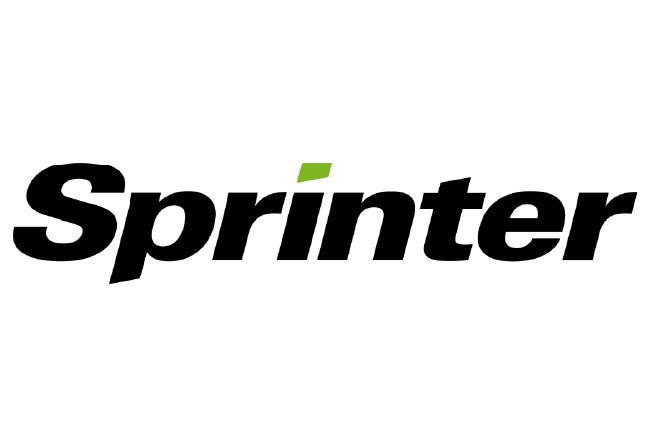Sprinter opened its first shop in 1995 in Valencia. It currently has more than 150 physical shops distributed throughout the country, as well as an eCommerce sprintersports.com, where you can find everything from sports and casual fashion to materials for the practice of a multitude of sports. It also has a wide range of products from leading sports brands and a portfolio of own brands, both performance and fashion.
Sprinter needed to implement a monitoring system that would allow them to obtain and visualise metrics of the applications and services deployed in multiple Kubernetes clusters in a centralised way, as well as to implement alerts for the detection of incidents. In addition, we were asked to develop a proposal that would be scalable to allow for future growth, and that would use Prometheus as its core.
From Geko Cloud we proposed the implementation of Thanos to allow data retention in a long-term storage (bucket) and use a scalable model of federation of the Prometheus deployed in its k8s clusters.
Likewise, for incident detection and notification, the implementation of AlertManager was proposed, and to obtain metrics, a study and implementation of the different available exporters was carried out to choose the most appropriate in each case. Finally, for the visualisation of the metrics obtained, it was proposed to implement a set of dashboards in Grafana.
El primer paso con Sprinter es realizar algunas reuniones conjuntamente con su equipo para decidir las épicas y hacer un split de las tareas conjuntamente con el project manager.
The first step with Sprinter was to hold some meetings with their team to decide the epics and split the tasks together with the project manager.
In these joint meetings they made an assessment of the platform, how they had it, what they had, and what services they wanted to monitor of all their clusters they had at the time and what they needed to set up to get to what they needed.
Once we were organised, we started with the first and most important part of the implementation, as it was the core of the project: the installation and configuration of Thanos and Prometheus in the master cluster along with all its components. Then we started to work on the choice and implementation of the exporters to obtain the metrics of their applications.
The next step was to get to work on Grafana dashboards, variabilization, etc.
Finally, we implemented some basic alerts that Sprinter can continue to work on to extend it on their own.
Some of the tools and technologies that have been used throughout the project are: Kubernetes, Prometheus, Thanos, Grafana, Terraform, Ansible, GCP, GIT…

«The relationship with the Geko team could not be more satisfactory, from the first moment they understood our need and have known how to adapt to our way of working by contributing their vision and good practices, now we have greater control over the monitoring of our infrastructure in Kubernetes and the ability to scale seamlessly.» – Jorge Roberto Martínez, Devops Team Leader
| Cookie | Duration | Description |
|---|---|---|
| cookielawinfo-checkbox-analytics | 11 months | This cookie is set by GDPR Cookie Consent plugin. The cookie is used to store the user consent for the cookies in the category "Analytics". |
| cookielawinfo-checkbox-functional | 11 months | The cookie is set by GDPR cookie consent to record the user consent for the cookies in the category "Functional". |
| cookielawinfo-checkbox-necessary | 11 months | This cookie is set by GDPR Cookie Consent plugin. The cookies is used to store the user consent for the cookies in the category "Necessary". |
| cookielawinfo-checkbox-others | 11 months | This cookie is set by GDPR Cookie Consent plugin. The cookie is used to store the user consent for the cookies in the category "Other. |
| cookielawinfo-checkbox-performance | 11 months | This cookie is set by GDPR Cookie Consent plugin. The cookie is used to store the user consent for the cookies in the category "Performance". |
| viewed_cookie_policy | 11 months | The cookie is set by the GDPR Cookie Consent plugin and is used to store whether or not user has consented to the use of cookies. It does not store any personal data. |